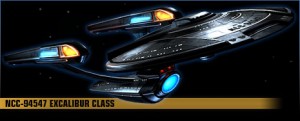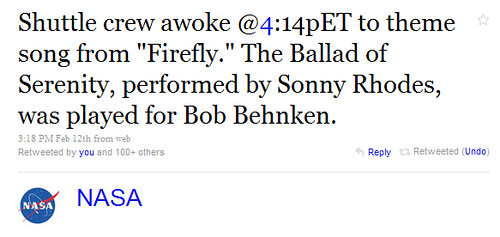This is really rare – C&H creator Bill Watterson has given an interview for the first time in over 20 years. In it, he firmly puts Calvin and Hobbes in his past – and intriguingly doesn’t see any role for himself in how the strip has affected people.
What are your thoughts about the legacy of your strip?
Well, it’s not a subject that keeps me up at night. Readers will always decide if the work is meaningful and relevant to them, and I can live with whatever conclusion they come to. Again, my part in all this largely ended as the ink dried.
Because your work touched so many people, fans feel a connection to you, like they know you. They want more of your work, more Calvin, another strip, anything. It really is a sort of rock star/fan relationship. Because of your aversion to attention, how do you deal with that even today? And how do you deal with knowing that it’s going to follow you for the rest of your days?
Ah, the life of a newspaper cartoonist — how I miss the groupies, drugs and trashed hotel rooms!
But since my “rock star” days, the public attention has faded a lot. In Pop Culture Time, the 1990s were eons ago. There are occasional flare-ups of weirdness, but mostly I just go about my quiet life and do my best to ignore the rest. I’m proud of the strip, enormously grateful for its success, and truly flattered that people still read it, but I wrote “Calvin and Hobbes” in my 30s, and I’m many miles from there.
An artwork can stay frozen in time, but I stumble through the years like everyone else. I think the deeper fans understand that, and are willing to give me some room to go on with my life.
There’s a bit more worth reading – I find it interesting that he essentially saw C&H as an outlet for him to express himself, and then retired it when there was no more left to say. He didn’t see it as a comic strip, in essence, but a novel. It’s a same that he never really regarded his characters as anything but characters; there’s a lot of narative left in them that others could pick up where he left off.
UPDATE – Shamus gives props to the man. Agreed, especially about how much he looks like Uncle Max.
Brian calls the interview a missed opportunity, providing examples of much better questions the interviewer could have asked. He also links the archive I mentioned earlier of Watterson’s old political cartooning work and an inscrutable fan-driven Q&A he did a long time ago. Does anyone know what Watterson is doing now? He seems to be JD Salingeresque.

instead of $50.
